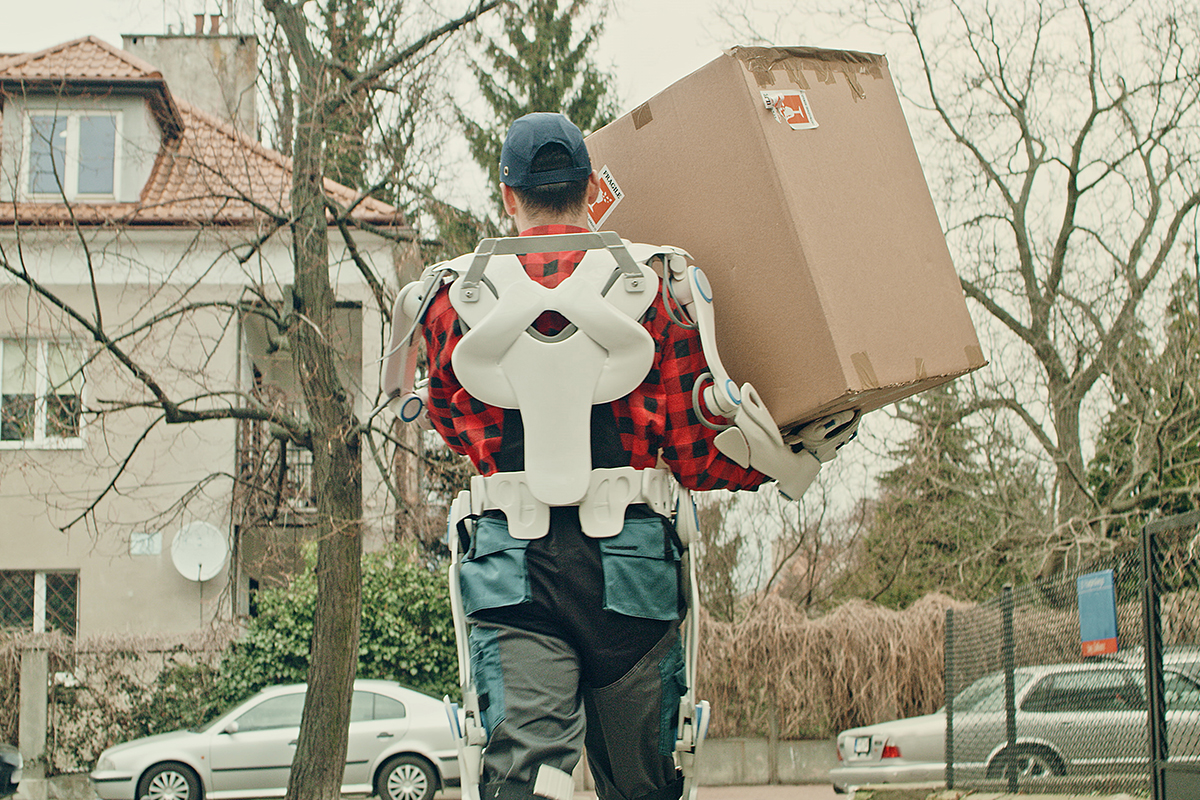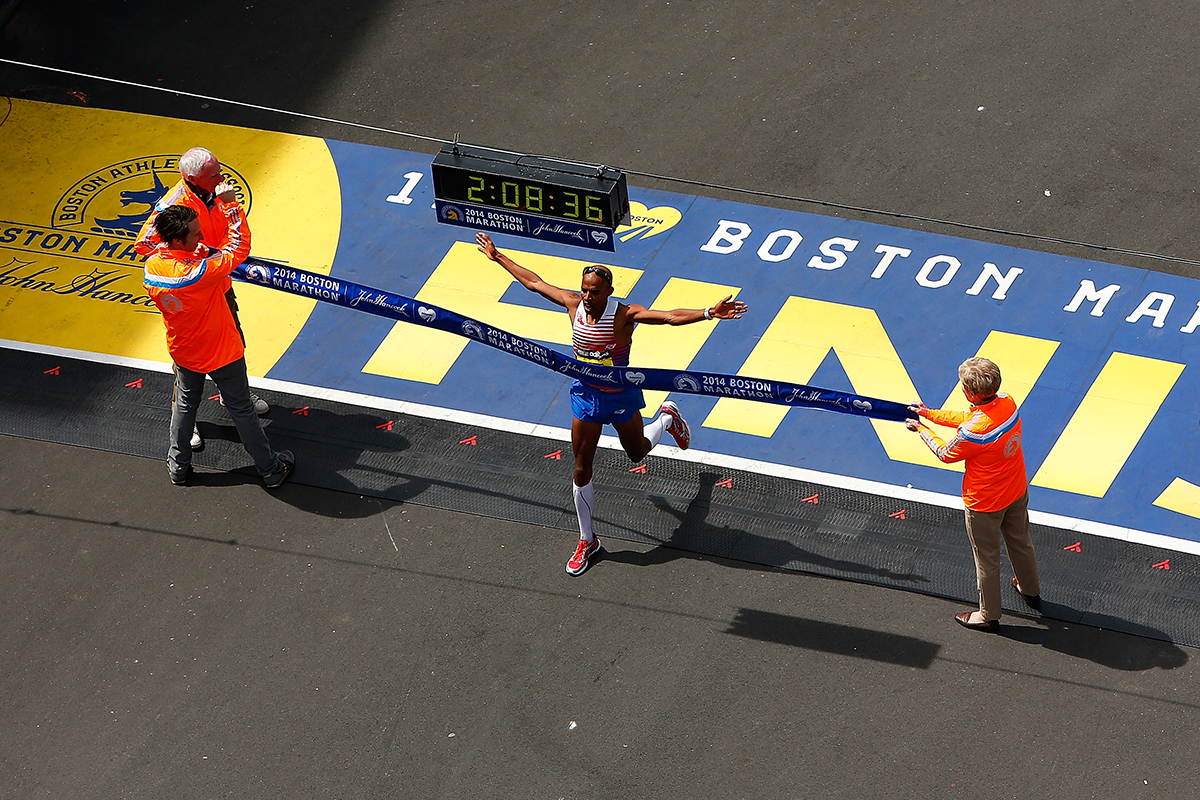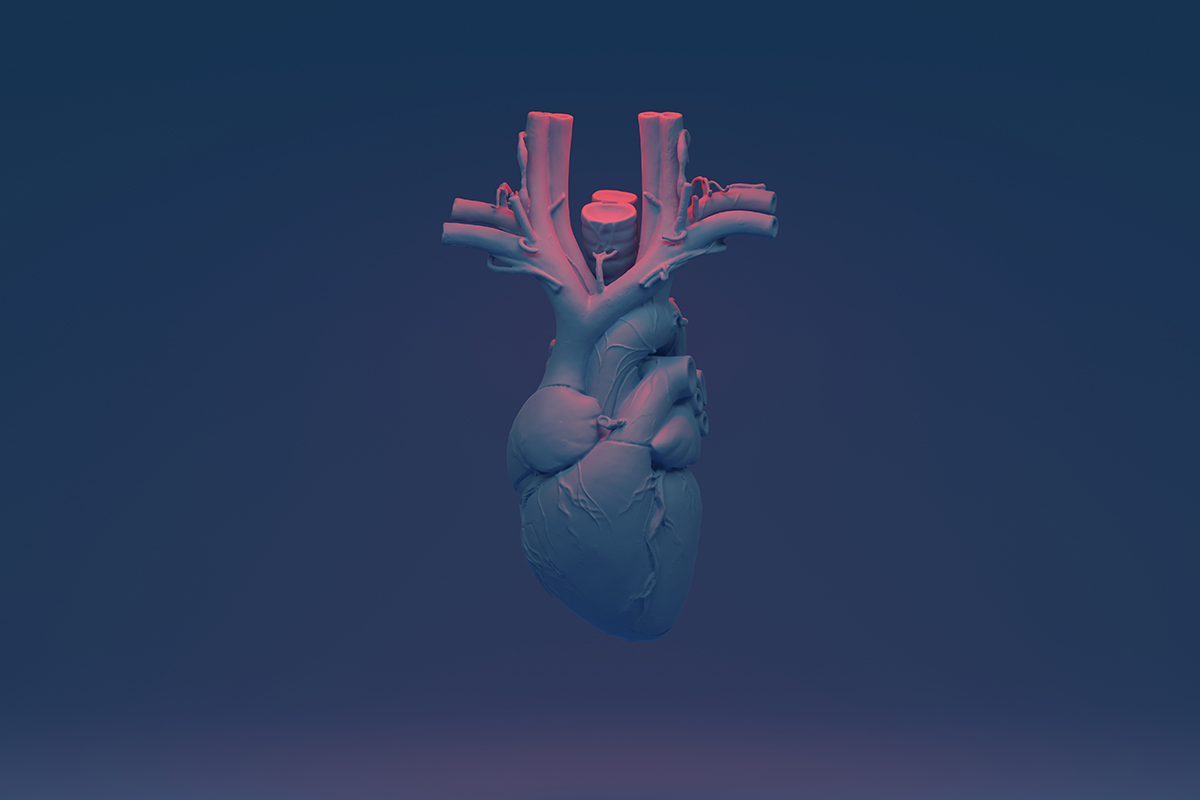Type “exoskeleton suit” into Google Images and you’re mainly going to see a bunch of American combat specialists who look ready to take on Skynet. We’ve long associated motorized garb with futuristic warfare — where the endgame is a bulletproof surface and superhuman strength. In reality, though, exosuits are far less exciting and far more effective for daily adulating.
As outlined in a recent piece by The New York Times, exosuits that are less Iron Man, and more “lightweight cables, straps, springs and ingenuity,” could enter the mainstream in the next decade. To this point, rudimentary devices have assisted people with spinal injuries or cerebral palsy and those recovering from strokes. But the latest avant-garde tech is being designed for the average commuter, with the idea of helping them get from points A to B in a quicker fashion while expending less energy.
Stanford University’s Biomechatronics Lab has conducted a series of studies over the last year around exoskeletons, of which two had extremely compelling findings. According to the Times:
- “College students could run about 15 percent more efficiently than normal on a treadmill when they wore a customizable, prototype version of a lower-leg exoskeleton.”
- “Students walked about 40 percent faster, on average, when they wore a powered exoskeleton prototype, while incinerating about 2 percent less energy.”
Basically, after these volunteers strapped a motor-powered frame around their ankle, their muscles didn’t have to work as hard. The leading researcher of the study compared it to the pedal-assist feature on an e-bike. You still have to perform the movement and do the work, but the prototype makes the whole trip a lot easier to manage. This could allow us to run up to 10% faster than on our own.
Which feels, honestly, way more valuable to society than a flying suit that can absorb the blast of a rocket launcher. Imagine how many more people would plug casual exercise into their daily routine — last-mile commutes to work, strolls in hilly neighborhoods, walks to the grocery store — if they had an extra pep in their step.
Does this dilute the benefits of the exercise? Would our muscle strength and heart health be better off unassisted? That’s possible, of course. But past studies into e-bikes have demonstrated that some sort of assistance is a welcome option to the alternative: traveling in a car, or never getting off the couch to begin with.
For now, just know that it’s going to be a little while. Perfecting this tech will take some time. Bringing it to market, via products that are both affordable and comfortable, will take even more time. But don’t be surprised if in 15 years you’re struggling to keep up with the 80-year-old from around the block. He’s just got a futuristic trick up his sleeve.
The Charge will help you move better, think clearer and stay in the game longer. Subscribe to our wellness newsletter today.


















